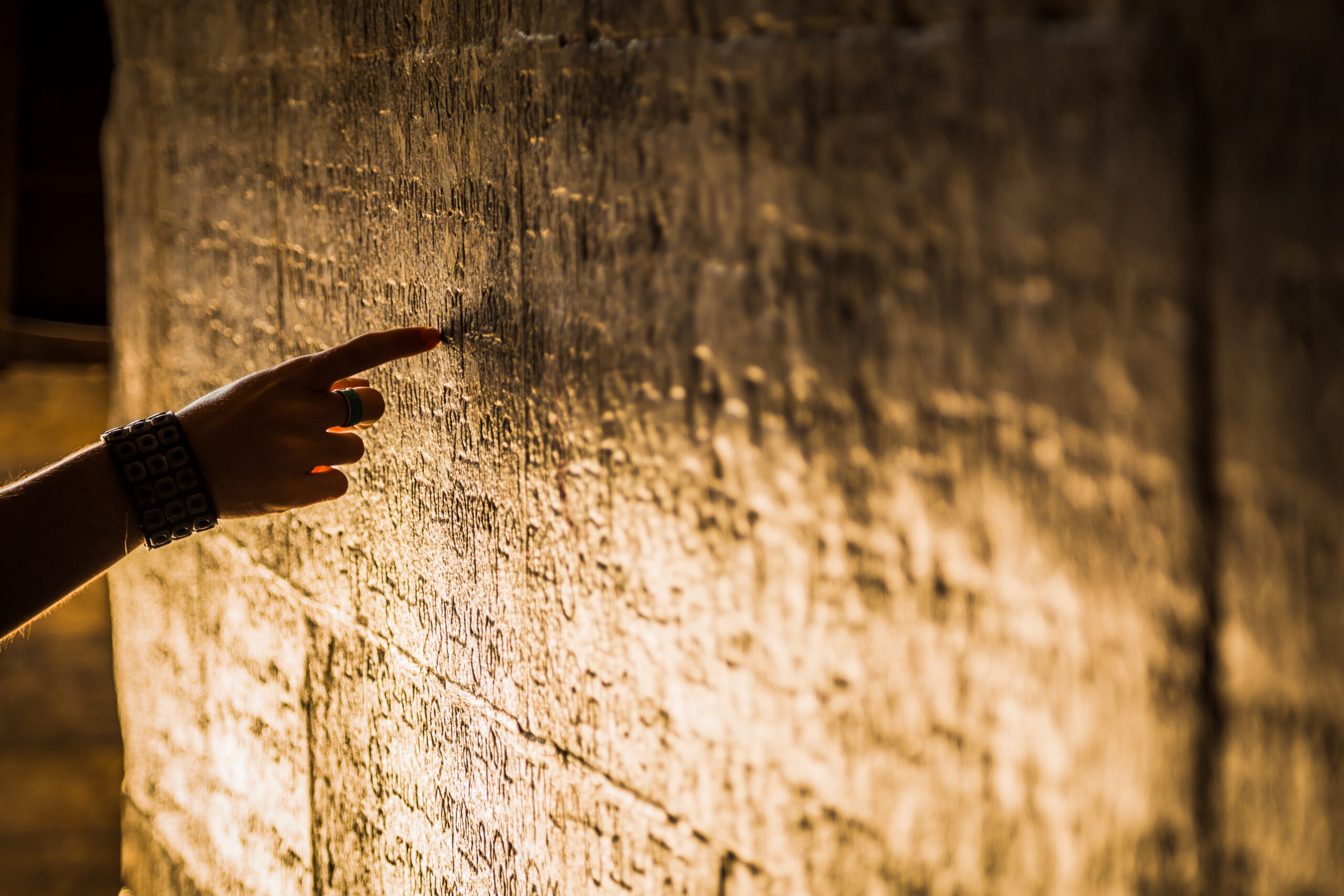There’s a peculiar kind of map we all carry inside our minds—a sprawling, invisible architecture built from emotions, experiences, and senses. Our memories don’t just exist as floating data points; they are housed in inner rooms, tucked into corridors, layered like the floors of an old building. Some memories live in open plazas we visit often, while others hide behind locked doors, collecting dust. This isn’t just metaphor. Neuroscience increasingly suggests that our brain doesn’t just store memories—it builds spaces for them.

Outline
- The Spatial Nature of Memory
- Why Places Anchor Our Memories
- The Method of Loci: An Ancient Mental Architecture
- When Memory Becomes a Labyrinth
- Training the Mind’s Inner Architect
- FAQs
The Spatial Nature of Memory
Memory is deeply tied to space—not just physical space, but imagined, remembered, and emotionally charged space. Neuroscientists have long known that the hippocampus, the seahorse-shaped region of the brain essential for memory formation, is also crucial for spatial navigation. This dual function is no coincidence. When we recall a memory, we often navigate back to it—retracing our mental steps, visualizing surroundings, sensing the “place” where that memory resides.
Functional MRI scans show that when someone remembers a past event, brain activity often mirrors that of physically navigating a space. In other words, the brain “walks” through memory. This overlap explains why, for example, a childhood kitchen can so vividly bring back not just images, but smells, emotions, and a flood of associated moments.
Why Places Anchor Our Memories
Have you ever returned to a city or room after years and felt a wave of forgotten memories crash over you? This is the power of spatial anchoring—the way our brain binds events to physical environments. The more emotionally charged or novel the experience, the stronger the anchor.
Real-life example: 9/11. Most people alive during that moment remember exactly where they were. They can describe the room, the time of day, even the quality of light. The location becomes a container for memory.
Key reasons spatial memory is so powerful:
- It reduces cognitive load—space organizes memory like folders organize files.
- It allows quicker retrieval—recalling one location can unlock a chain of events.
- It adds sensory richness—space includes sound, smell, touch, temperature.
The Method of Loci: An Ancient Mental Architecture
One of the oldest memory techniques harnesses this spatial instinct. The Method of Loci, used by Greek and Roman orators, involves visualizing a familiar building and placing mental “objects” representing ideas in specific rooms. To recall information, one mentally walks through the space.
This technique isn’t a trick—it’s a reflection of how the brain naturally works. Memory champions today still use it to memorize entire books, sequences of numbers, or speeches. The key is simple: the brain remembers places, and it remembers things in places even better.
Tip Box: Creating Your Own Memory Palace
- Choose a familiar building (e.g., your childhood home).
- Assign vivid, exaggerated images to information you want to remember.
- Place these images in specific rooms or along a hallway.
- Walk the path in your mind when recalling.
When Memory Becomes a Labyrinth
While space can structure memory, it can also distort it. People with PTSD often describe flashbacks as if they’re “back in that room,” re-entering a physical and emotional space involuntarily. On the other side of the spectrum, Alzheimer’s disease shows us what happens when the hippocampus—the architect—begins to erode. Patients become disoriented both in their surroundings and within their memories.
These examples remind us: memory isn’t a filing cabinet. It’s a living structure. And like any building, it can collapse, expand, decay, or be remodeled.

Training the Mind’s Inner Architect
What if we could deliberately build better spaces in our mind? By engaging with environments—walking without distractions, sketching mental maps, observing textures and smells—we strengthen the spatial frameworks that support long-term memory.
Research shows that people who actively navigate the world (rather than rely on GPS for everything) maintain sharper memory. Just like physical muscles, the mind’s spatial muscles respond to use and attention.
Consider:
- Exploring unfamiliar places on foot.
- Reflecting on past events with attention to setting.
- Using spatial metaphors when journaling or storytelling.
The mind is not a hard drive. It’s a mansion—vast, strange, and filled with hidden wings. The more we understand its architecture, the more skillfully we can inhabit it.
FAQs
1. Why do I remember some places so vividly and others not at all?
Places tied to strong emotions, novelty, or repeated visits are more likely to be encoded into long-term memory. Familiarity and emotional intensity act as “reinforcements” for memory.
2. Can building a ‘memory palace’ really help me remember better?
Yes. The Method of Loci is a proven memory enhancement technique. By tying information to imagined spatial environments, you tap into how your brain naturally recalls data.
3. Is it true that using GPS all the time weakens your memory?
Studies suggest that over-reliance on GPS may reduce engagement of the hippocampus, which could impact both spatial memory and overall memory health over time.








